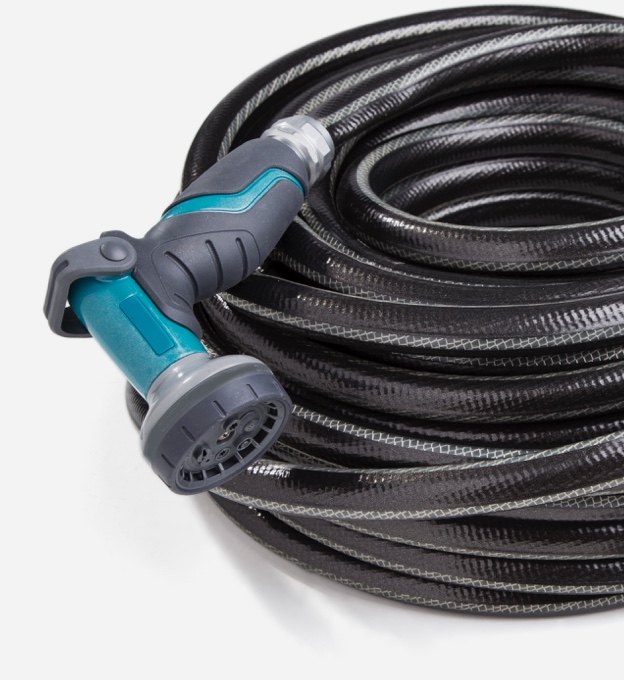Watering Sod
It is essential to begin watering new turfgrass sod immediately upon establishment.
Watering Tips
When watering new sod, make sure that the sod and the soil layer immediately beneath the sod is moist to a depth of ½ – 1 inch.
Lifting the corners of random pieces of sod and checking for moisture is a good way to ensure that the sod is wet. A screwdriver, pocket-knife, or other sharp implement is a useful tool to inspect the soil beneath the sod.
Make certain the entire lawn is receiving water. Corners, edges, and areas exposed to full sun are particularly prone to drying out. Also pay particular attention to sod laid adjacent to hardscapes as these areas can dry out sooner than others. Turfgrass leaves that are wilted and/or bluish-gray in color often appear in these areas first and are a sign of drought stress.
Water Frequency
During the first two weeks of establishment, it is important to water newly laid sod frequently enough that the sod and top ½ – 1 inch of soil immediately beneath the sod remain moist. This may require frequent, light applications of water applied multiple times per day. This is particularly true on hot, arid, and/or windy days during the grow-in period. As roots begin to penetrate the soil and the sod is difficult to lift up, then this is an indication that irrigation frequency can be reduced. At this point and for the next two weeks you should reduce the frequency of watering to every two days while increasing the quantity of water per application so that the soil has moisture to a 6 inch depth.
On rooted sod infrequent and deep watering is preferred to frequent and shallow watering. During the remainder of the growing season most lawns will do very well with one inch of water per week from either irrigation or rainfall. If rainfall is not adequate, supplement with irrigating in two sessions approximately two to three days apart so that the total water applied that week is one inch. Early morning watering is preferred to take advantage of the grass’s normal growing cycle and atmospheric conditions. Avoid watering in the evening as extended moisture on the grass can promote disease and fungus.
Prevent Over-Watering
Be careful to prevent over-watering by paying attention to runoff on sloped areas or standing water on flat areas. This is important for water conservation but also for plant health. Turfgrass roots need oxygen for respiration, and over-irrigation can slow or prevent new roots from emerging and establishing in the soil.
